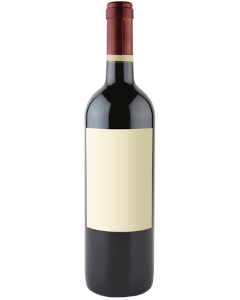Rotweine
2010
75 cl
96/97
Josh Raynolds
Vinous
Inky ruby. Intensely perfumed, heady bouquet displays an array of candied dark fruits, floral pastille and spicecake aromas. Powerful cherry and raspberry preserve flavors stain the palate and show remarkable depth, with bright acidity adding lift and cut. Finishes with bright, spice-accented cherry and candied licorice flavors and superb persistence
100
Robert M. Parker, Jr.
Robert Parker/Wine Advocate
Pure perfection, the 2010 Hermitage reminds Jean-Louis Chave of their 1990. It appears to be a richer, fresher example of what I remember the 1990 tasting like in 1992. The wine exhibits an opaque purple color along with an extraordinary bouquet of sweet blackberry fruit intermixed with creme de cassis, lead pencil shavings, acacia flowers, bouquet garni, meat and crushed rocks. Full-bodied and stunningly rich with laser-like precision, this is a powerful, massive yet exceptionally well-balanced wine that should be forgotten for a decade and drunk over the following 30-40 years. I have had the privilege of tasting at this brilliant family-owned estate for over 30 years. During that time, I have seen first-hand the glory of a true evolution from father Gerard Chave to his son, Jean-Louis, and of course, the Chave family has been doing this since 1472. It is one of those small but world-class wine enterprises that is truly inspiring. Tasting through the different vineyards before their newest red and white Hermitages are blended is an education in the different terroirs of that famous dome of largely decomposed granite mixed with gravel and clay. Jean-Louis Chave characterized the 2011 vintage as challenging, where one had to perform draconian crop-thinning and selections in the winery. All the St.-Joseph vineyards are located on steep hillsides near the Chaves’ home village of Mauves, to as far north as St.-Jean de Muzols and Ste.-Epine as well as those once known as Clos Florentin.


